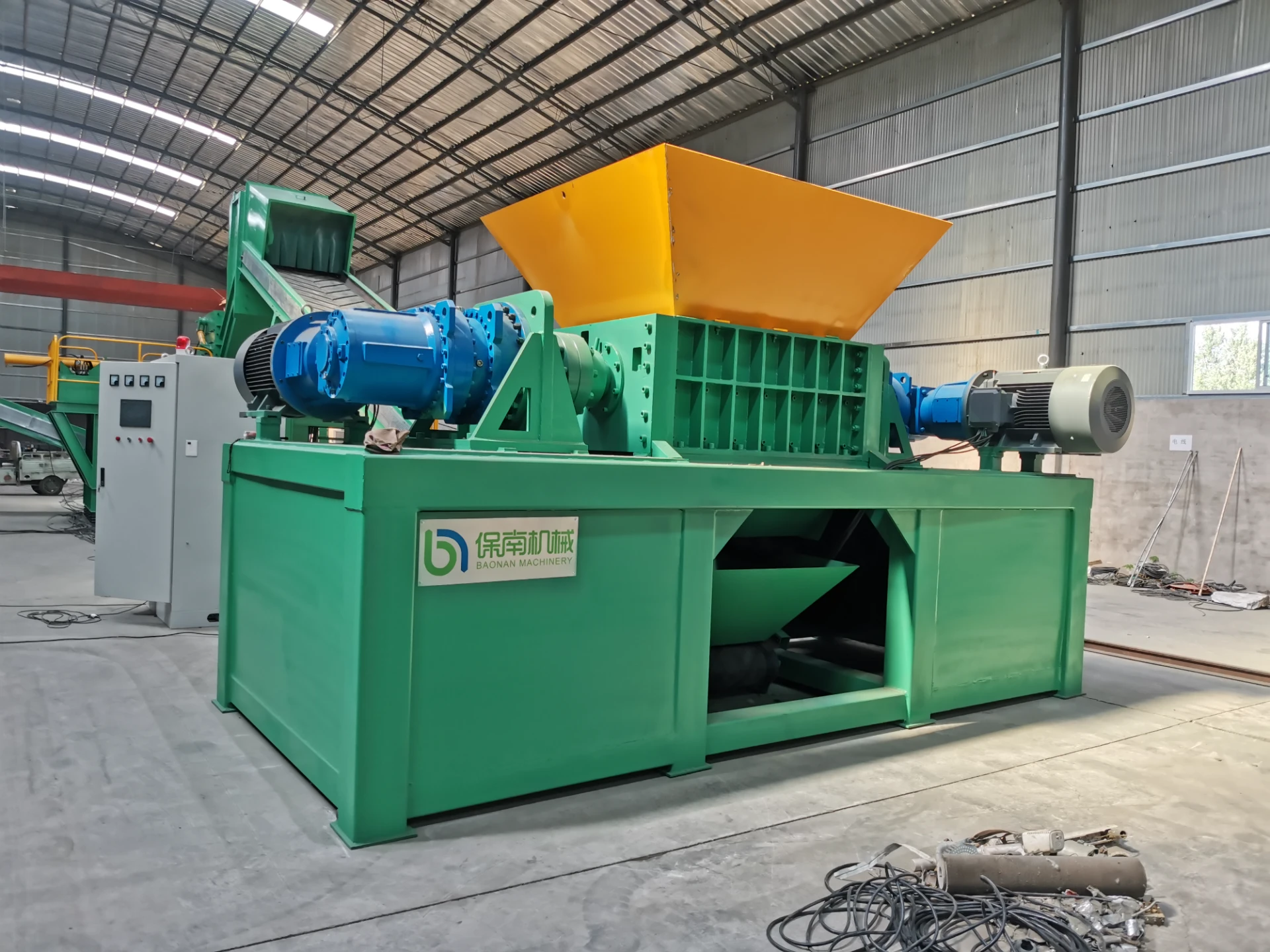

Nov . 28, 2024 07:41 Back to list
The Importance and Process of Steel Scrap Recycling Plants
In today's rapidly evolving industrial landscape, the importance of recycling cannot be overstated. One of the most significant sectors in the recycling industry is steel scrap recycling. Steel recycling plants play a crucial role in the sustainability movement by repurposing scrap metal and conserving natural resources. This article delves into why steel scrap recycling is vital and outlines the processes involved in running an efficient steel scrap recycling plant.
Why Steel Scrap Recycling Matters
Steel is one of the most widely used materials globally, prevalent in construction, transportation, and manufacturing. However, the production of new steel is energy-intensive and can result in significant greenhouse gas emissions. Recycling steel helps mitigate these environmental impacts by reducing the need for new raw materials, conserving energy, and lowering emissions. According to the World Steel Association, recycling one ton of steel can save about 1,400 kilograms of iron ore, 740 kilograms of coal, and 120 kilograms of limestone.
Additionally, recycling steel supports the circular economy by transforming waste into a valuable resource. It creates jobs, stimulates local economies, and decreases landfill waste—making steel scrap recycling both an environmentally and economically sound practice.
The Process of Steel Scrap Recycling
The process of recycling steel begins with the collection of scrap metal, which can come from various sources, including manufacturing leftover materials, demolished buildings, old vehicles, and appliances. Once collected, the scrap is transported to a steel recycling plant, where it undergoes several stages of processing.
Upon arrival at the recycling plant, the scrap steel is sorted to remove any contaminants such as plastics, wood, or other metals. This is usually done through a combination of manual labor and automated systems like magnets and shredders. Accurate sorting is crucial, as impurities can affect the quality of the recycled steel. The sorted scrap is then processed into smaller pieces to prepare it for melting.
2. Shredding

The processed steel scrap is fed into a shredder where it is broken down into smaller, more manageable fragments. This makes it easier to melt and ensures that the materials will evenly mix during the melting process. Shredding also allows for better handling and transportation.
3. Melting
Once the steel scrap is adequately shredded, it is loaded into an electric arc furnace (EAF). EAFs are preferred for steel recycling because they can melt steel quickly and efficiently, using electricity as the primary energy source. The melted steel reaches temperatures of around 1,600 degrees Celsius, allowing it to be blended with alloying materials to achieve the desired specifications.
4. Refining and Casting
After the steel has melted, it undergoes refining to remove impurities and achieve the desired chemical composition. Once refined, the molten steel is poured into molds to create new steel products in a process known as casting. These products can range from beams and sheets to rods and wires, ready to be used in various applications.
5. Cooling and Finishing
After casting, the steel products are cooled and subjected to further processes such as rolling, cutting, and shaping to meet specific dimensions and properties required by manufacturers. The final products can then be shipped to industries for reuse in new construction or manufacturing.
Conclusion
Steel scrap recycling plants are pivotal in promoting environmental sustainability and providing economic benefits through job creation and resource conservation. By returning scrap metal to the production cycle, these facilities help mitigate the negative impacts of new steel production and enable the efficient use of available resources. As industries continue to focus on sustainability and waste reduction, the steel scrap recycling process will play an ever-more critical role in shaping a more sustainable future. Embracing recycling as a core practice reflects a forward-thinking approach to industrial operations, benefiting both the economy and the planet.
Latest news
The Future of Metal Recycling: Revolutionizing Waste Management
NewsMay.14,2025
Optimizing Waste with Recycling Lines
NewsMay.14,2025
Municipal Solid Waste Sorting Line: Revolutionizing Waste Management
NewsMay.14,2025
Metal Shredders: Essential Tools for Efficient Recycling
NewsMay.14,2025
Maximize Your Profits with a Copper Wire Granulator
NewsMay.14,2025
Home Metal Shredder: A Smart Choice for Your Home Recycling Needs
NewsMay.14,2025